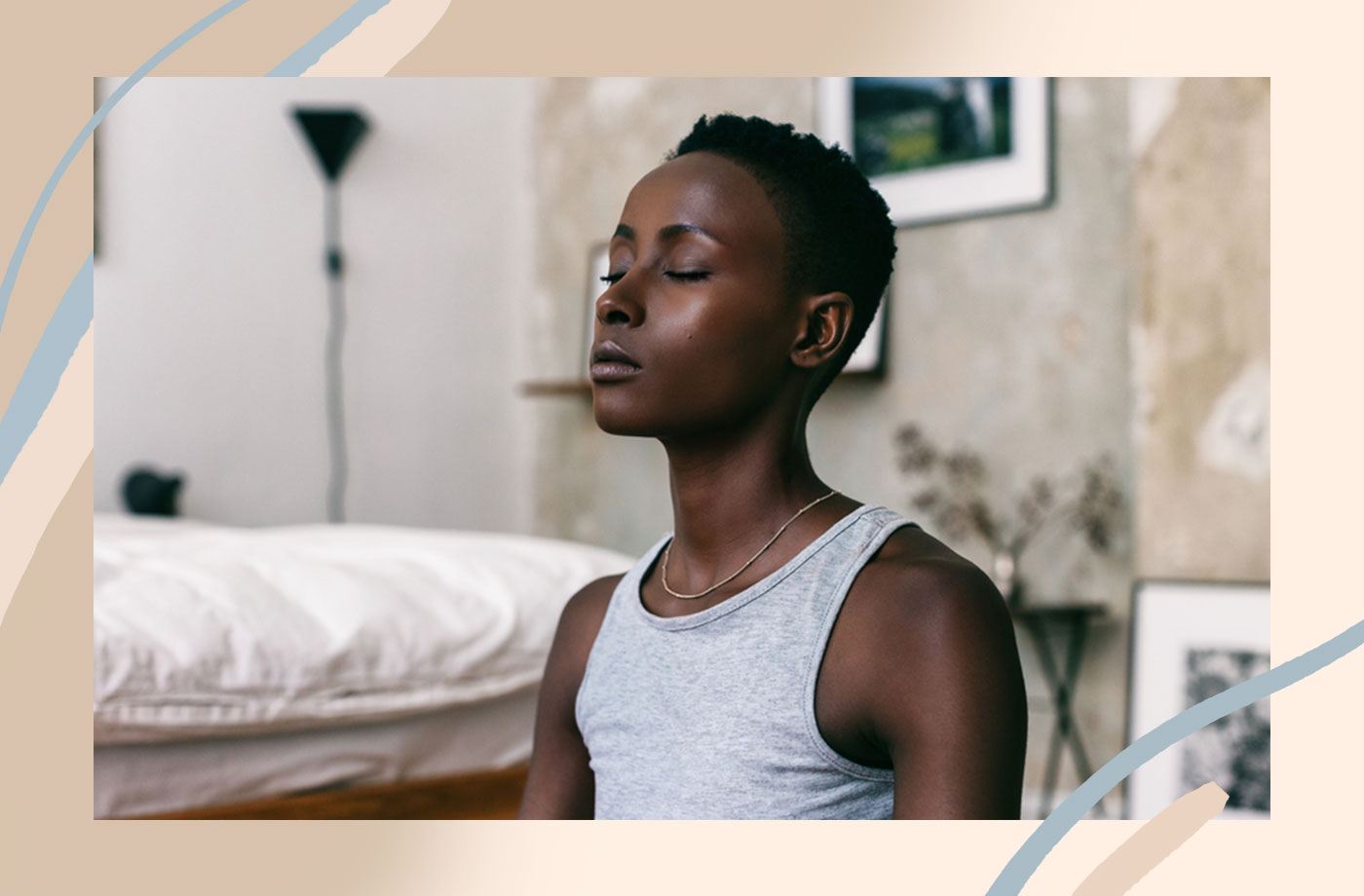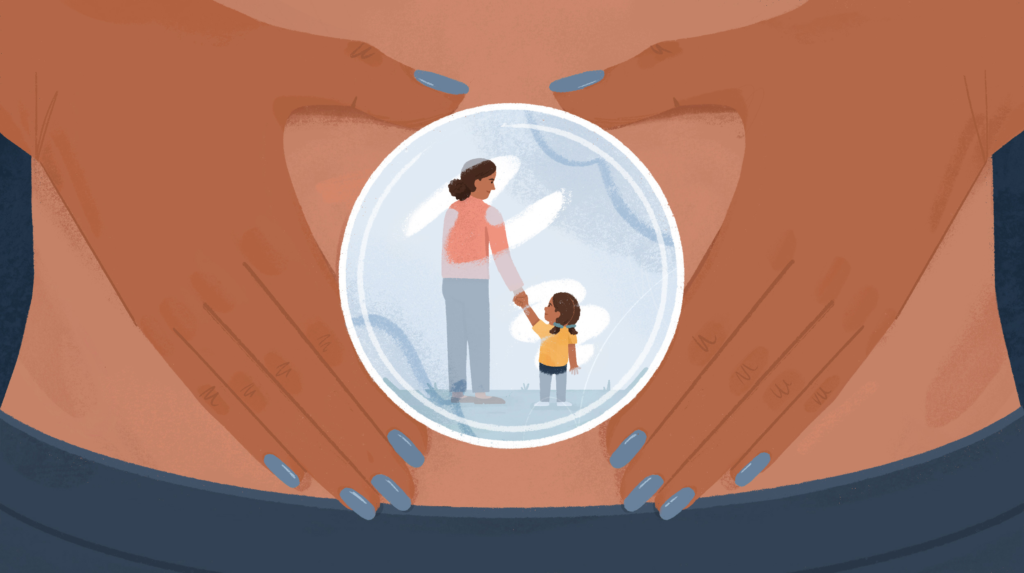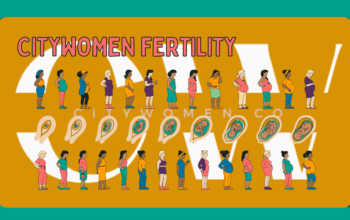
February 19, 2020 at 02:00PM by CWC
It’s Monday morning and I’m sitting at my work desk. In my inbox, dozens of emails await and I have a slew of meetings crammed into an already jam-packed day. I feel my body start to tighten, succumbing to the stress, so I close my eyes. I inhale for six seconds, hold my breath for a count of two, and exhale loudly. I remind myself that I’ve got this, one breath at a time.
The truth is I wasn’t always this way. I used to think that mindfulness, the practice of being fully engaged in the present moment with no judgment, was for other people. Specifically, it was for white people, and definitely not for me, a Black woman. It was an elusive concept like “finding yourself”; it was for the privileged few who could have a quarter-life crisis (and knew what that meant). It was for the people who could afford to believe in the storybook endings where you get the guy, the job, and the affordable dream house.
I used to think that mindfulness, the practice of being fully engaged in the present moment with no judgment, was for other people. Specifically, it was for white people, and definitely not for me, a Black woman.
Despite growing up in the predominantly white city of Seattle, I had very little exposure to mindfulness. When I was in high school, I attended special weekend retreats for “inner-city” brown girls to learn about social justice and “self care.” Yellow school buses would carry us away from the city to lush green landscapes where well-intentioned women would teach us yoga, including how to Cat/Cow with the best of them and how to successfully bend our backs to hold Warrior 1 Pose. Once the retreat was over, I went back to my normal life where none of my family or friends lived mindful lives, or knew how to.
Most of my life, my family and friends dealt with their stresses and mental health conditions privately (at best) or secretly (at worst). My grandparents, whom I loved and respected deeply, survived childhoods full of poverty, racism, and unimaginable physical violence while escaping from the U.S. South. They never had the privilege of voicing their emotional stress—they were too focused on surviving in a world that was never designed for them to thrive. So, they did what many members of their generation did: They buried their sorrows, turned to the Lord, and forged ahead.
ADVERTISEMENT
ADVERTISEMENTKate Spade Autumn/Winter Sale |
That resilient survival mode made its way down to me. As an adult, I defaulted to focusing on everything and everyone but myself—my intimate relationships, my job, my future goals. When I had setbacks, I viewed them as temporary obstacles that required defeat. I never viewed intentionally pausing to check in with myself as an option.
Like many people in this life, I fell in love. I relocated from California, where I had lived for four years, to rural Ohio for a job opportunity closer to my partner of three years. And then, that relationship ended. All of a sudden, the life partnership and children that I had hoped for were gone. Away from my West Coast family and friends, I was completely alone. I couldn’t breathe, and my newfound anxiety about my future consumed me. Being so isolated from loved ones, I started therapy to get my life back on course.
When I shared my panic about my future with my therapist, she asked me if I had given mindfulness a try. My therapist described mindfulness as a vehicle to stress less about the future by becoming actively engaged with the present. When I asked if this meant sitting around meditating all day, she reassured me that I could still make important decisions; I would just make them from a place of inner calm. I sighed in relief. Given the new work pressures I felt, and as a newly single woman who felt the pressures of her biological clock, I had nothing to lose. Mindfulness was worth a shot.
Over the course of the next few months, I began to practice different forms of mindfulness to see what might feel sustainable for my hectic life. I experimented with mindful driving, mindful eating, and guided meditations. But nothing worked for me as much as getting my hands dirty with indoor plants. I was shocked at how relaxing it was to move my hands through the soil and listen to the water wash over the plant’s roots and stems. Once I began seeing the blossoms, I was hooked. I began to associate my plants’ growth with my own.
I also learned to practice mindfulness by walking before running—quite literally. I have always loved working out and have usually been consistent, but I never had a mindful and grounding warm-up. Now, I walk into a more intense run, keeping a steady breath. I try to focus on each of my senses for at least two minutes. It makes me feel strong, alert, and like I can conquer anything—including my own stress.
Ditch the commitments to resilience that aren’t serving you.
If I had to offer advice to women of color considering mindfulness, I would say to ditch the commitments to resilience that aren’t serving you. Your layers are beautiful, and it’s okay to not be okay sometimes. Once you accept this, you can design the mindful life that makes sense for your complexity. If you know that work email stresses you out, create screensavers with breathing reminders and affirmations. You don’t have to be perfect at the practice. Mindfulness allows room for everyone to win at their own pace; not just the privileged few.
If you’re a socially anxious Black woman, your reality can look different. Plus, how self-care practices differ for different women.
Author Zahida Sherman | Well and Good
Selected by CWC

ADVERTISEMENT
ADVERTISEMENTUp to 30% off Gift Sets |







